Account 10 in accounting the plan is used to summarize information on the availability and movement of materials, containers, raw materials, spare parts, household supplies, equipment and other similar values of the enterprise. It also shows the values that are being processed and in transit. Let us consider in more detail how it is used. account 10 in accounting. 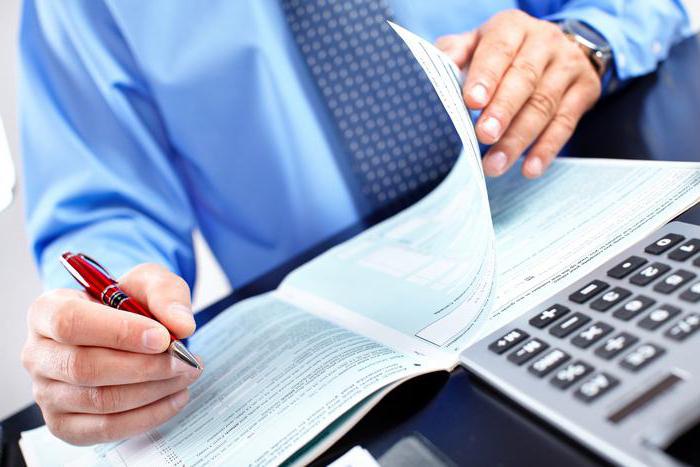
General information
What is the score 10? This article is a balance sheet. On the count. 10 tangible assets may be reflected at cost of acquisition or accounting price. Enterprises engaged in the production of agricultural products, own production facilities during the reporting year are reflected at the planned cost. After the formation of the annual calculation, it is adjusted to the actual one. When reflecting materials at planned, average purchase and other prices, the difference between them and the actual cost of procurement / acquisition is transferred to the account. sixteen.
Score 10: subaccounts
Additional articles open to summarize information on each type of material value separately. Above are the objects whose presence and movement information shows score. 10. Subaccounts the following open to it:
- "Raw materials" (subsch. 10.1).
- “Acquired component structures and parts, semi-finished products” (subch. 10.2).
- “Fuel” (subch. 10.3).
- "Packaging, container materials" (subch. 10.4).
- "Spare parts" (subch. 10.5).
- "Other materials" (subch. 10.6).
- "Values transferred to third-party enterprises for processing" (subch. 10.7).
- "Building materials" (subch. 10.8).
- "Household goods, inventory" (10.9).
Raw materials
This subaccount reflects the presence and movement of values included in the composition of manufactured products, forming its basis, or being necessary components in its creation. It also takes into account auxiliary materials involved in the production of products or used for household needs, to facilitate the process, and technical needs. In addition, on sub. 10.1 reflects the presence and movement of agricultural products harvested for further processing.
Components, semi-finished products
This subaccount reflects the presence and movement of values, including building structures from contracting companies purchased for the acquisition of manufactured products or the construction of buildings that require assembly or processing costs. The resulting products, the price of which is not included in the cost of finished products, are shown on the account. 41 "Products". Enterprises carrying out design, research and development, acquiring the necessary tools, special equipment, devices, other devices, show them by subsch. 10.2. 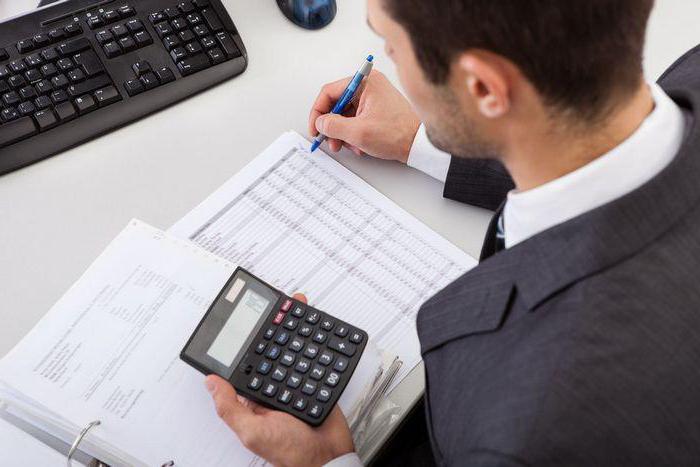
Fuel
By subch. 10.3 reflects the presence and movement of petroleum products. These include diesel fuel, kerosene, oil, gasoline, etc. This subaccount also summarizes information about the lubricants used in the operation of vehicles for the technological needs of the enterprise, energy generation, etc. The presence and movement of solid (firewood, coal and etc.), as well as gaseous fuels. If the company uses coupons for petroleum products, they are also counted in subaccounts. 10.3.
Tare, container raw materials
On subch. 10.4 summarizes information about all types of packaging, except used as household equipment. It also reflects the presence and movement of parts and materials intended for the production of containers, as well as its repair. For example, it can be barrel riveting, wrought iron, etc.Values used for the equipment of barges, wagons, ships, other vehicles to ensure the safety of shipped goods are recorded at subsch. 10.1 Enterprises engaged in the trade sector summarize information on containers under goods and empty packaging in the account. 41.
Spare parts
By subch. 10.5 summarizes information on the availability and movement of manufactured or acquired spare parts for the implementation of core activities. These values are used to replace worn items of equipment, machinery, vehicles, perform repairs, and so on. This subaccount also reflects information on the movement of the exchange fund of engines, complete units, units created in repair shops, at technical points and factories. Car tires located on the wheels of the vehicle and in reserve when the car is included in the initial cost are reflected in the composition of the OS.
Other materials
On subch. 10.6 reflects information about the presence and movement:
- Industrial waste (shavings, chippings, scraps, etc.).
- Irreparable marriage.
- Values obtained upon disposal of the OS, which cannot be used as fuel, materials, spare parts at this enterprise. Their composition, in particular, includes recycled materials, scrap metal, etc.
- Worn tires, rubber and so on.
Recyclable materials and production wastes used as solid fuels are accounted for by sub-accounts. 10.3.
Values transferred to the side
Materials provided to third parties for processing are accounted for by sub-accounts. 10.7. It shows the values whose value in the future will be attributed to the cost of manufacturing products from them. Processing costs paid by third parties are included directly in the debit of those accounts in which such goods are recorded. 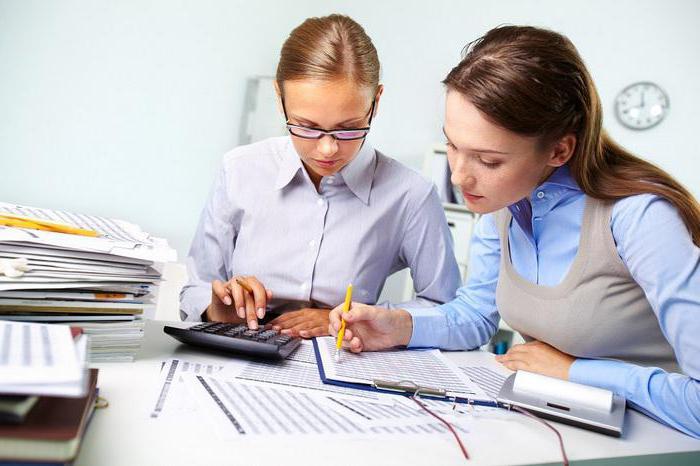
Building materials, household supplies, inventory
Subch 10.8 is used by real estate developers. It reflects the presence and movement of materials used during installation and construction works for the production of parts, erection, decoration of structures, parts of structures / buildings. The same subaccount 10 The article summarizes information about other objects used for relevant needs. By subch. 10.9 reflect information on the availability and movement of tools, equipment and other valuables included in current assets.
Agricultural production
Enterprises engaged in agricultural production may share account 10 on:
- "Seeds, planting stock, feed." This subaccount may reflect information on purchased values and on objects of own manufacture.
- "Mineral fertilizers."
- "Pesticides used in the control of pests and diseases of crops."
- Chemicals, biologics, medicines intended for the treatment of animals. "
Receipt of Values
Posting of materials can be carried out using sc. 15 and 16. When using these articles, on the basis of the documents received from the supplier, a record is made in DB sc. 15 and cd 60 (20, 23, 76, 71, etc.). The choice of offsetting accounts depends on where the values came from, the nature of the costs of delivery and procurement of materials. It should be borne in mind that the record in dB sc. 15 and cd 60 is done regardless of when the objects were received - before or after the transfer of documents from the supplier. When capitalization of actually received values score 10 debited. With him corresponds to the account. 15. The company can capitalize values immediately using the account. 60 (71, 76, 20, 23, etc.). In this case, the nature of the costs of delivery and procurement, as well as the specific supplier, also matters.
Disposal of materials
How to write off 10 accounts? The cost of materials that are in transit at the end of the month or have not been taken out of the supplier’s warehouse are shown at debit. Score 10 at the same time, it corresponds to the score. 60. Posting to the warehouse of values is not performed.The actual cost of production or other business needs reflects credit score 10. Articles corresponding to it summarize information on the costs of production or sale of products. Account balances 10 at cost are transferred to dB. 91. Analytics are conducted according to storage locations and individual names (sizes, varieties or species). 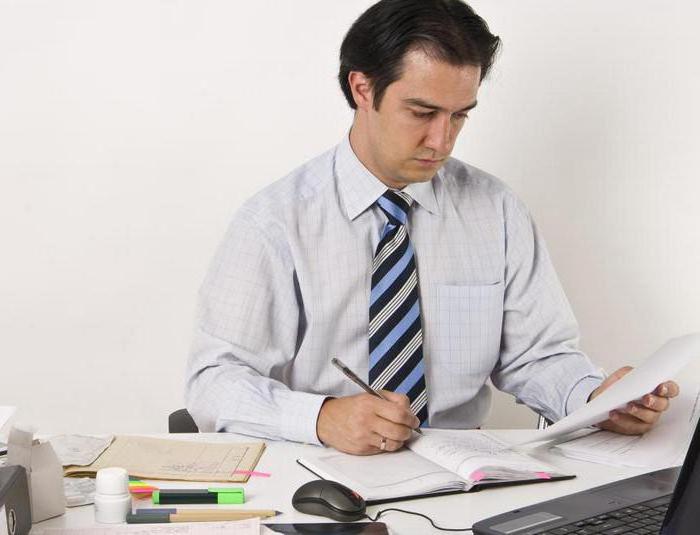
What applies to materials?
Score 10 summarizes information about the values that are used for the manufacture of products. Information about them is reflected in the primary documentation. Score 10 reflects the presence and movement of materials owned by the enterprise. All other values are shown on off-balance sheet. 002 or 003. Accordingly, the determining signs for using account 10 are:
- property rights of the enterprise to the facilities;
- values in the warehouses of the enterprise.
Article specifics
Taking into account the foregoing, we can distinguish the following conditions, which are characterized current account 10:
- The materials present in the warehouses to which the property of the enterprise extends constitute precisely those objects that are reflected under the article in question.
- The values that are in the possession of the enterprise are reflected in off-balance sheet accounts. 003 and 002.
It follows from this that even absolutely identical materials, which may even lie in the same pile, are reflected separately. Information on values not in stock but owned by the enterprise is summarized account 10. These include, first of all, “objects on the way”. The supplier handed the materials to the station or to the marina and ordered them to be shipped to the buyer's address. Since the carrier accepted the goods, ownership of the goods passed to the acquirer (unless otherwise provided by agreement). In theory, account 10 should be debited from this minute. But in practice, posting is possible only after receiving documentation from the supplier, which confirms the date of shipment. At the same time, materials may be the property of the enterprise, but may not appear in the warehouse. For example, on behalf of the company, a batch of raw materials was purchased. By her order, she was resold and shipped to another counterparty. From the moment of acquisition to the shipment of value, no one saw the company, but they were owned by the company. Accordingly, information about them is reflected in the middle. 10. Many enterprises transfer materials in their ownership to third-party companies for recycling. These values are not deductible from the account. ten. 
Nuances
The principle that only objects owned by an enterprise can be reflected on the balance sheet follows from the centuries-old tradition of accounting. Meanwhile, it contradicts the provision on the priority of content over form. This principle is adopted in international standards, is widely used in foreign practice and is reflected in PBU 1/98. In accordance with it, the specialist in accounting should not be guided by the legal category (property, ownership, etc.), but by the actual situation. For example, if there is paper from the customer besides its own in the warehouse, then there is no difference in terms of material liability of warehouse workers and the technology for further use of the material. Both own and another's object must be accounted for in one account. But the Plan prescribes a different approach. In accordance with it, the same paper within the framework of a single responsibility, and even more so under the conditions of different technological applications, should be reflected in different articles.
Score 10 in 1C: 8.3
Information is reflected in additional articles. They have a subconto "Nomenclature". For most sub-accounts, you can enable the sub-accounts "Warehouses" and "Parties". When entering items in the "Nomenclature" directory, it is recommended to create a separate type "Material" and set up accounting accounts for it.In this case, in the documents, the articles will be installed automatically, in accordance with PBU.
Adoption
On score 10 in 1C materials carry through the standard document "Receipt (invoices, acts)." It can be found in the "Purchase" section. Upon receipt of materials on score 10 in 1C the type of document is selected “Goods (invoice)” or “Services, goods, commission”. The article will be installed automatically if the type "Materials" has been specified for the item. If not, the selection is made manually.
Retirement
Accounting 10 Items when transferring raw materials and their allocation to costs are reflected using the document "Requirement-invoice". It is available in the "Warehouse" or "Production" sections. In the tab "Materials" you should specify the objects, their number, as well as the accounting account. The latter can be installed automatically or manually selected. The cost of the material upon disposal is determined by the behavior of the document in accordance with the rules provided for in 1C (average or according to FIFO). In the tab "Cost Item" you must select the account into which the materials are transferred, as well as its analytics. In some cases, values are written off to different articles or in different analytical sections. In such situations, you should add the mark “Cost accounts in the tab“ Materials. ”In this case, you need to specify the disposal parameters in the appeared rows of the tabular part. 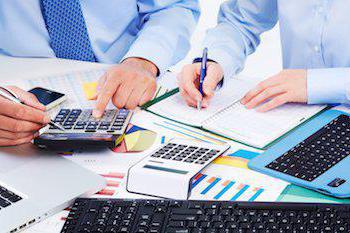
Sale of raw materials
It is registered by a standard act. It is located in the "Sales" section. Here you must select the document type “Services, goods, commission” or “Goods (invoice)”. The sale of materials is reflected in the invoice. 91. Revenues are shown in cd subaccount. 91.01 and the costs are in dB subaccount. 91.02. Subconto sc. 91.01 is not filled out. This is indicated by an empty space in the line "Accounting Accounts". You must click on the link in it and select the article “Other income and expenses” in the window that opens.
What if accounting does not know about the transfer of ownership?
According to the current rules, records without documentary confirmation are not made. But, based on the meaning of IFRS, then at the time of shipment of goods by the supplier, an accountant should be notified about this. Accordingly, the specialist records:
Db sc 10, count 19 cd 60.
Reporting in this case will reveal the actual state of affairs. The asset will indicate all the values owned by the company, and the real debt will be reflected in the liability. But in this situation, complications are possible during the inventory. The fact is that the audit is carried out only according to the documentation of dubious legal force (faxes, etc.). Accordingly, it will be more correct to recognize a legal, rather than an economic interpretation of the situation.
The objects arrived at the warehouse, but the prices are not indicated in the documents
Any materials must be capitalized on DB SCH. 10. To do this, use:
- The cost of the last receipt.
- Discount price.
- The cost agreed upon by the parties to the transaction. This indicator is used if the material is accepted for the first time.
After receiving documentation from the supplier in the event of a discrepancy between the prices at which the objects were capitalized with those indicated in the papers, corrective entries are made. The traditional approach involves the preparation of reversal records for unbilled deliveries for the amount given in the settlement documents. At the same time, the account is debited. 10 and 19 in correspondence with Cd. 60. Meanwhile, such records may not always be reflected in existing programs. In this regard, an additional recording is allowed in dB sc. 10, 19 and Cd. 60 by the difference between the cost given in the settlement documentation and the cost of capitalization of materials, if the latter was lower. If it is higher, then the reversal record is used. 
Constant change in the value of the same values
In practice, two approaches have been developed to solve this problem.In the first case, different cards are opened for the same objects arriving at different prices, in the second one. Accordingly, in the first approach, there will be as many documents as items and prices. In the second case, the number of cards corresponds to the number of value names. The first approach is determined by the requirements for the preparation of primary documentation and the development of stocks. In the past, enlargement of numbers was allowed by combining into one several sizes, types, and varieties of homogeneous objects having small price differences without prejudice to control measures. It is worth saying that the latter also includes monitoring the state of stocks, ensuring the continuity of the production process. Due to the fact that the card is filled out for each material number, in case of a slight change in its cost, information is reflected in one document. If the fluctuation is significant, a new one opens. In such a situation, it is necessary to decide:
- Which changes should be considered significant.
- How to provide for the fluctuation of value in the nomenclature list.
These issues are resolved at each enterprise independently. Meanwhile, the price level leading to the opening of a new number and, accordingly, cards, should be fixed in the accounting policy. Using this approach, the specialist gets an additional opportunity to manipulate the cost of finished products. This is due to the fact that the accountant can write off to production those materials whose prices can positively affect the final value of the cost.
The burden of the cost of transportation and procurement costs
If the company does not use discount prices, then capitalization of materials is carried out at the actual purchase price. In some organizations, the latter includes transport and other costs related to cost. Experts do not recommend this. Since one accompanying document usually contains several names of materials, the question arises of the distribution of total costs between specific types of values. There are a lot of answers to it. The accountant can distribute the costs in proportion to the price, weight, distance of transportation, production value, etc. Moreover, it should be understood that with a sufficiently high complexity of such operations, they are almost always conditional. This distribution distorts the purchase price. In this regard, the best option would be to focus all the costs related to the purchase of materials on the sub-account "Transportation and procurement costs.